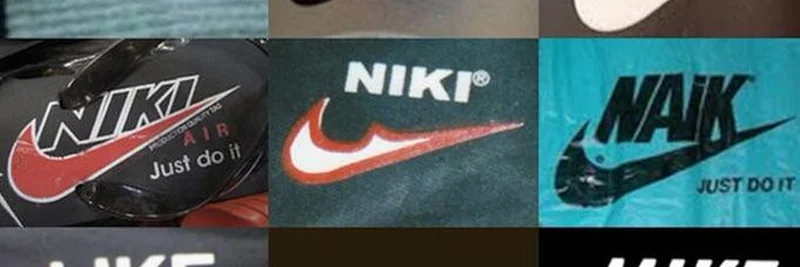Hey there, crypto enthusiasts! If you’ve been keeping an eye on the memecoin scene, you might have noticed a wild trend popping up on platforms like X. A recent post by @Sprophet10 has sparked some deep thoughts about how memecoins are being treated as collectibles—and how the rise of "counterfeit" branding could mess with their future value. Let’s dive into this juicy topic and break it down in a way that’s easy to digest, even if you’re new to the blockchain world.
The Collectible Craze in Memecoins
Memecoins, like Dogecoin or Shiba Inu, started as fun, community-driven tokens often inspired by memes or internet trends. Over time, people began treating them like digital collectibles—think of them as the modern equivalent of rare trading cards or limited-edition sneakers. The idea is simple: if you snag a token early and it gains a loyal following, its value could skyrocket down the line. @Sprophet10 points out that this mirrors how some collectibles only become valuable months or years after they’re created, often after being overlooked at first.
But here’s where it gets tricky. The post highlights a growing issue: the memecoin space is starting to embrace "counterfeits." Just like the fake Nike and Adidas logos shown in the images (featuring quirky twists like "NIKI AIR" or "adibos"), some projects are copying successful memecoins or launching tokens with no real originality. This is a big deal because, as the post suggests, praising these knockoffs could tank the value of the original "OG" tokens.
Why Counterfeits Hurt the Game
Imagine you’ve got a rare pair of Nike sneakers, and suddenly the market floods with cheap imitations. The value of your authentic pair drops because buyers can’t tell the difference—or worse, they stop caring. That’s the risk memecoins face right now. When platforms or communities start hyping up copycat tokens, it undermines the trust and uniqueness that make original memecoins special.
The post draws a clever analogy to the physical world: brands like Nike and Adidas don’t brag about their factories—they focus on their identity and quality. Similarly, memecoins shouldn’t lean on the platforms they’re minted on (like pumpdotfun or bonk_fun) as their selling point. Instead, their value should come from the community, narrative, or art behind them. When counterfeit versions flood the market, it’s like handing power to "scammers and vampires," as @Sprophet10 puts it, making it harder for genuine projects to shine.
The Long-Term Impact
So, what happens if this trend continues? The post warns that it could destroy the long-term sustainability of memecoins as collectibles. Just like how fake goods hurt consumer confidence in brands like Adidas or Nike, counterfeit memecoins could erode trust in the crypto space. If investors can’t rely on the authenticity of a token, they might ditch the market altogether—leaving only short-term traders and opportunists behind.
On the flip side, this could be a wake-up call. The post suggests that calling out these fakes might push the community to value originality and loyalty. Think of it like a reality check for the memecoin world—focusing on real love for a project (not just quick profits) could help the best tokens thrive in the long run.
What Can You Do?
If you’re into memecoins, this is a chance to get savvy. Here are a few tips:
- Research the Origins: Stick to tokens with a clear story or community backing, not just hype from a launchpad.
- Support the OGs: Back original projects to help them retain value over time.
- Stay Skeptical: If a token feels too similar to another, it might be a red flag.
The memecoin space is still young, and its future as a collectible market depends on how we handle these challenges. As @Sprophet10 wraps up, it’s about learning from the past—both in crypto and the world of physical collectibles—to build something lasting.
What do you think? Are you holding any memecoins you believe in, or have you spotted some counterfeits in the wild? Drop your thoughts in the comments, and let’s keep the conversation going! For more insights on meme tokens, check out our Meme Insider knowledge base.



